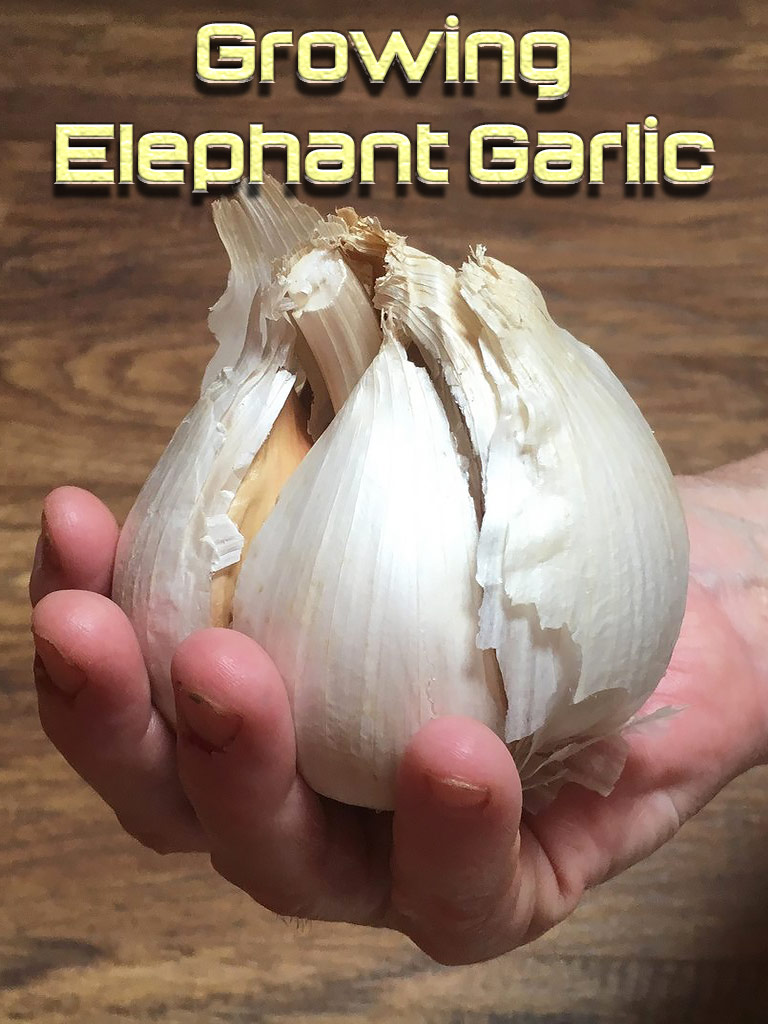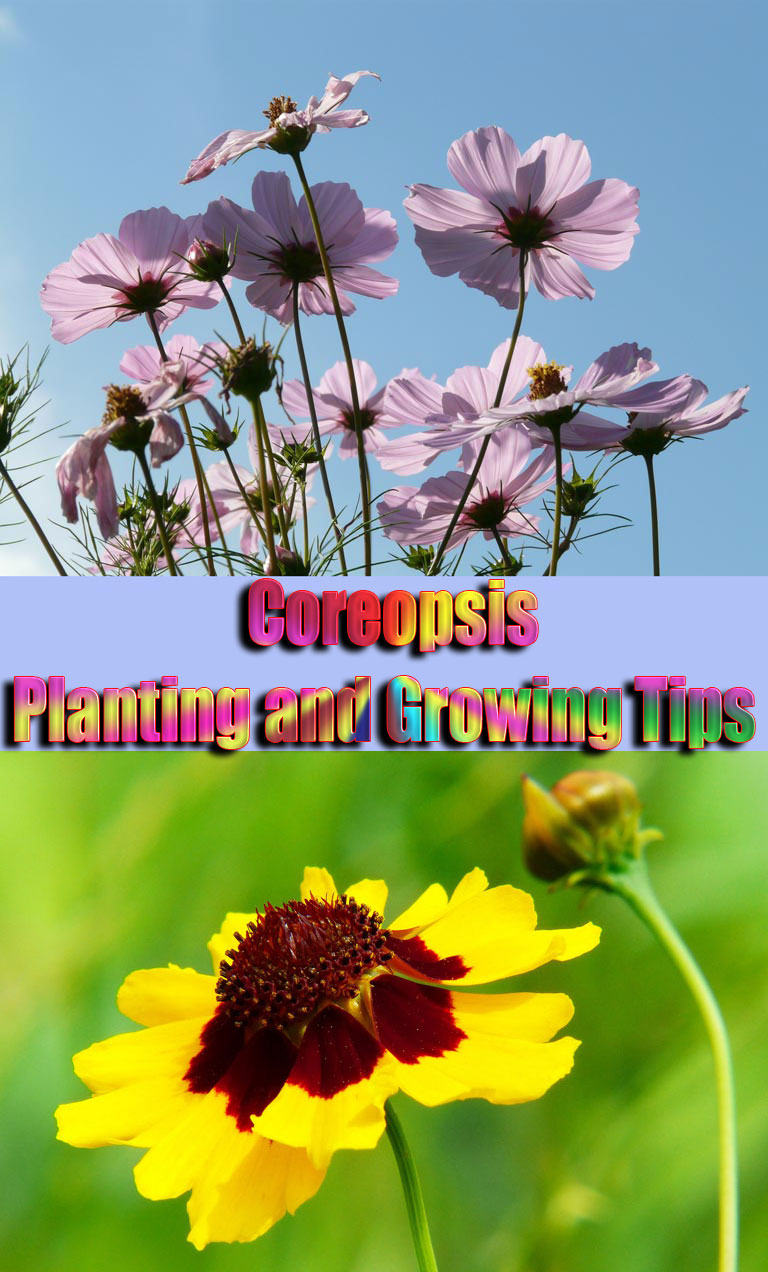
Most epicureans use garlic on an almost daily basis to enhance the flavor of our culinary creations. Another plant that can be used to impart a similar, though lighter, flavor of garlic is the elephant garlic. How do you grow elephant garlic and what are some of elephant garlic uses? Read on to learn more.
What is Elephant Garlic?
Elephant garlic (Allium ampeloprasum) looks like a giant garlic clove but in fact, is not a true garlic but more closely related to a leek. It is a hardy bulb with large blue-green leaves. This perennial herb boasts an outsized pink or purple flower stalk that appears in the spring or summer. Under the ground, a large bulb consisting of five to six large cloves surrounded by smaller bulblets grows. This allium plant attains a height of about 3 feet from bulb to the tip of the strap-like leaves and originates in Asia.
How to Grow Elephant Garlic
This herb is easy to grow and once established, requires little maintenance. Purchase large seed cloves from a supplier or try setting those found at the grocers. Elephant garlic bought at the grocers may not sprout, however, as they are often sprayed with a growth inhibitor to prevent sprouting. Look for heads that are firm with a dry, papery covering.
With elephant garlic planting, most any soil will do, but for the largest bulbs begin with a well-draining soil medium. Dig down a foot into the soil and amend with a 1.5 gallon bucket of sand, granite dust, humus/peat moss mix per 2’x 2’to 3’x 3′ section and mix in well. Top dress with some well-aged manure and mulch around the plants with chopped leaves and/or sawdust to keep weeds at bay and also to nourish as the amendments decompose or break down.
Elephant garlic prefers full sun and can be grown in temperate regions all the way into tropical zones. In cooler climates, plant in the fall or spring while in warmer regions the herb can be planted in spring, fall, or winter.
Break up the bulb into cloves for propagation. Some cloves are much smaller and are called corms, which grow on the outside of the bulb. If you plant these corms, they will produce a non-blooming plant in the first year with a solid bulb or single large clove. In the second year, the clove will begin to separate into multiple cloves, so don’t ignore the corms. It may take two years, but eventually you will get a good head of elephant garlic.
Caring for and Harvesting Elephant Garlic
Once planted, elephant garlic care is pretty simple. The plant does not have to be divided or harvested each year, but rather can be left alone where it will spread into a clump of multiple flowering heads.

Elephant garlic produces a flower spike some 1.5 m high with a pretty pinkish globular head of small flowers, much loved by bees. Indeed, it would not be out of place at the back of a flower border.
To get the biggest cloves of elephant garlic, the flower bud should be removed as soon as it appears to conserve the energy of the plant. As the flower spike grows in between the cloves, it does not affect the keeping quality of the cloves.
Water the elephant garlic when first planted and regularly in the spring with 1 inch of water per week. Water the plants in the morning so the soil dries by nightfall to discourage diseases. Stop watering when the garlic’s leaves start drying out, which is an indication it’s harvest time.
Elephant garlic should be ready to pick when the leaves are bent over and dying back — about 90 days after planting. When half of the leaves have died back, loosen the soil around the bulb with a trowel. You can also top off the immature plant tops (scapes) when they are tender prior to blooming. This will direct more of the plant’s energy into creating large bulbs.
Elephant Garlic Uses
Scapes can be pickled, fermented, stir fried, etc. and even frozen in a resealable bag, raw, for up to a year. The bulb itself can be used just as regular garlic, albeit with a milder flavor. The entire bulb can be roasted whole and used as a spread on bread. It can be sautéed, sliced and eaten raw, and minced.
Drying the bulb out in a cool, dry basement for a few months will extend the life of the garlic and induce a fuller flavor. Hang the bulbs to dry and store for up to 10 months.





I’ve been growing elephant garlic in my home garden for about 5 years. This year, I have a farm stand wanting to purchase some as well as a local grocer. I’m not sure how much to charge for elephant garlic or where to find this information… could anyone help me out? Thanks!